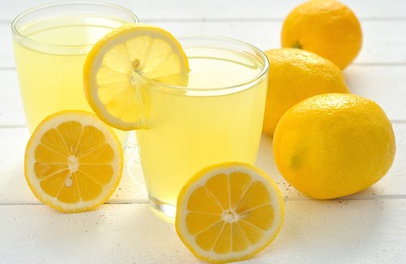Pour fonctionner au mieux, chaque tissu et organe possède une valeur pH de référence qui lui permet de remplir précisément le rôle qui est le sien. Si le pH global de notre corps doit être légèrement alcalin avec une valeur de 7,39 (en moyenne), le pH du milieu gastrique est quant à lui de 2, car le processus de digestion des protéines nécessite un milieu très acide.
Quand une personne ressent des sensations de brûlure d’estomac ou qu’elle développe une gastrite ou un ulcère, on parlera d’hyperacidité gastrique. Nous sommes donc tous en acidité gastrique permanente, c’est normal et cela permet aux processus digestifs de se dérouler correctement. Heureusement, la muqueuse de notre estomac est protégée de cette forte acidité par une fine couche de cellules protectrices et par un mucus, si ce n’était pas le cas, notre propre paroi digestive serait digérée. C’est d’ailleurs ce qui arrive en cas d’ulcère. À ce moment, la paroi de l’estomac qui a perdu sa protection est attaquée par les acides gastriques et cela provoque de fortes douleurs.
Cette barrière protectrice peut s’éroder pour diverses raisons. Cette érosion peut être provoquée par le stress, par une mauvaise alimentation, par la consommation de tabac ou encore par la prise de certains médicaments.
La personne qui présente une usure de cette barrière protectrice ressentira alors des sensations de brûlure, voire plus. Elle souffrira de brûlants d’estomac, de gastrite, voire d’ulcère lorsque les acides du milieu gastrique commencent à attaquer la couche plus profonde de la paroi musculaire de l’estomac.
Attention : on peut souffrir d’acidité gastrique sans présenter d’acidose tissulaire. Inversement, énormément de personnes sont en acidose chronique et n’ont pas pour autant de douleurs d’estomac, de gastrite ou d’ulcère.
Il faut donc éviter de confondre la notion d’acidité des tissus qui mène à une pathologie que l’on nomme l’acidose et le phénomène d’hyperacidité gastrique qui est provoqué par le déséquilibre interne propre à l’estomac.
Rappelons que le pH tissulaire est celui que l’on mesure grâce aux acides excrétés dans les urines (miroir du milieu intracellulaire). Il s’agit du pH des humeurs telles que la lymphe et les liquides intra et extracellulaires circulant au travers de tous les tissus et de toutes les cellules.
Quant aux mucus (le long du tube digestif ou dans l’estomac) et aux différentes flores (peau, vagin, intestins), ils constituent des barrières protectrices indispensables. Ces barrières défensives détruisent les micro-organismes agresseurs et les corps étrangers. Elles empêchent leur pénétration plus profonde dans l’organisme et les dégâts qu’ils pourraient provoquer.
La médecine traditionnelle ignore généralement les problèmes d’acidose tissulaire. Par contre, elle connaît bien les problèmes d’acidité gastrique pour lesquelles les médecins conseillent de prendre un médicament (inhibiteur de la pompe à proton) et/ou un pansement gastrique chimique (type Maalox ou Gaviscon qui contiennent de l’aluminium). Non seulement cette démarche ne s’attaque absolument pas au fond du problème qui consisterait à reconstituer la barrière de mucus protectrice, mais en plus elle en ignore complètement les causes qui peuvent être le stress, une mauvaise alimentation, la prise d’autres médicaments, etc. En prenant des médicaments chimiques, on ne corrige pas du tout l’acidité tissulaire bien au contraire, on l’aggrave puisque toutes les molécules chimiques ont tendance à accentuer le phénomène d’acidose.

Pour résoudre à la fois le problème d’acidité gastrique et d’acidose tissulaire, il existe un moyen simple et économique : boire le matin à jeun, le jus d’un ou d’un demi-citron dilué dans de l’eau tiède. Cependant si votre acidité tissulaire est très marquée, il vous faudra vraisemblablement accompagner cette démarche de la prise de compléments alimentaires visant à corriger le pH de vos tissus.



